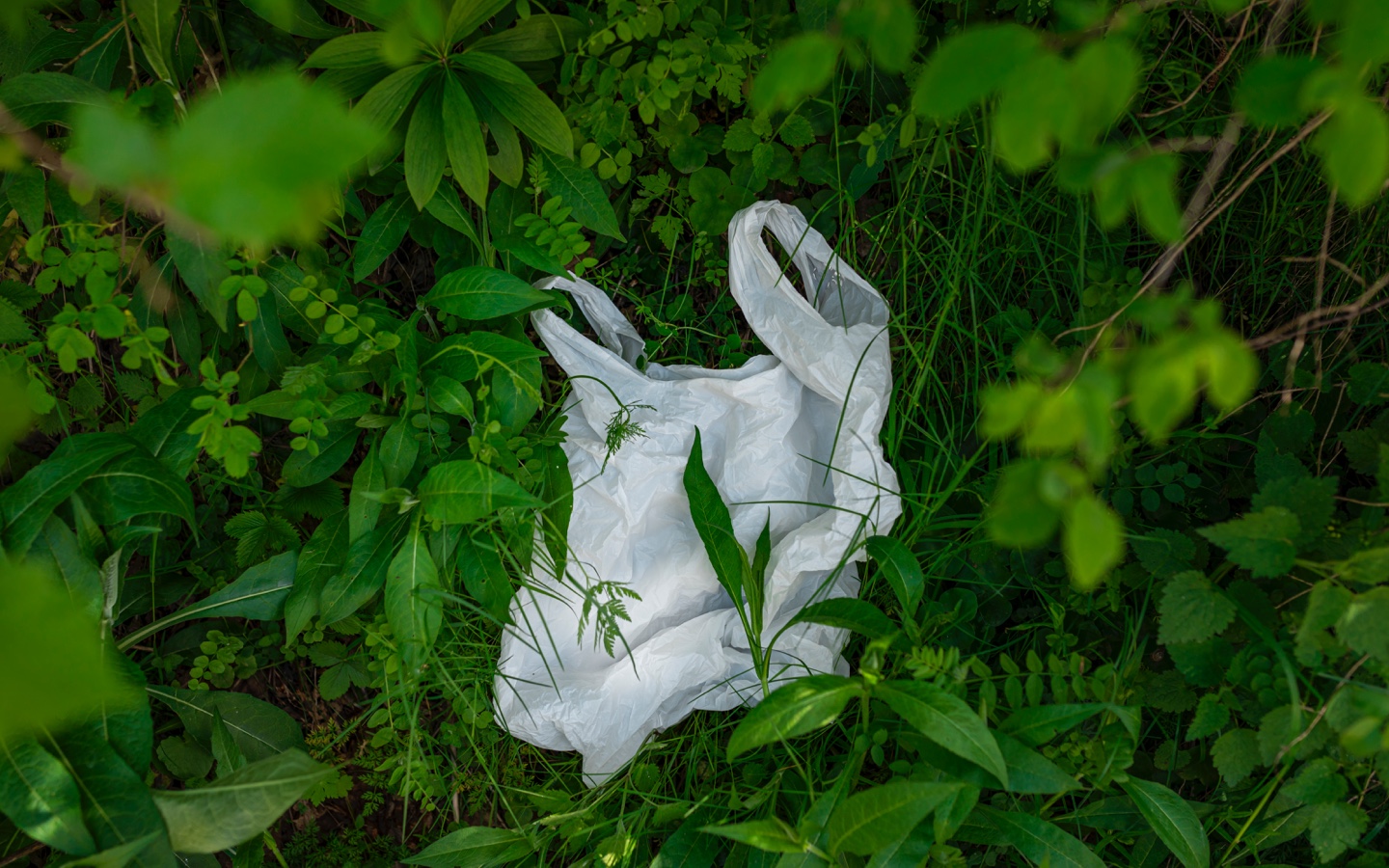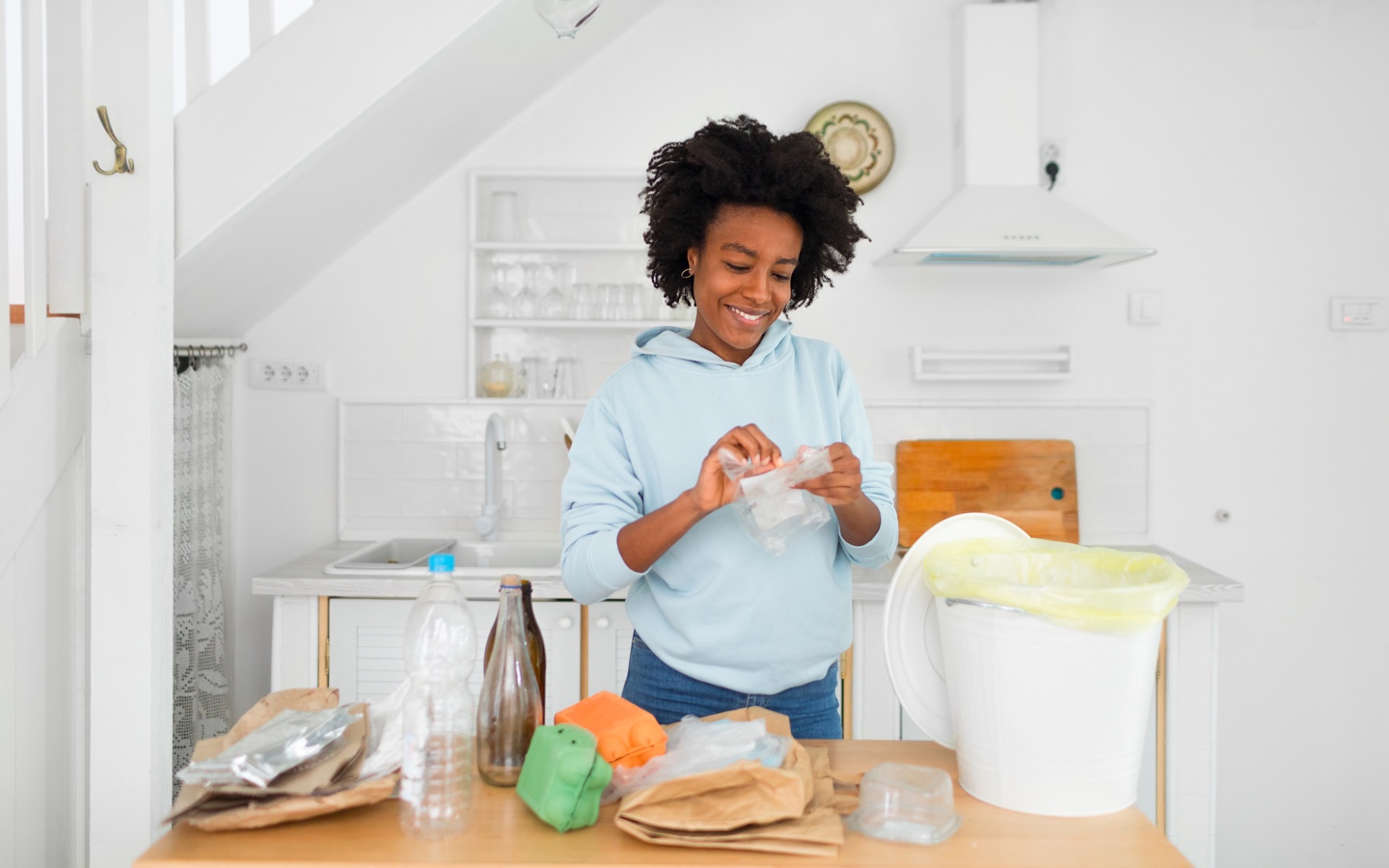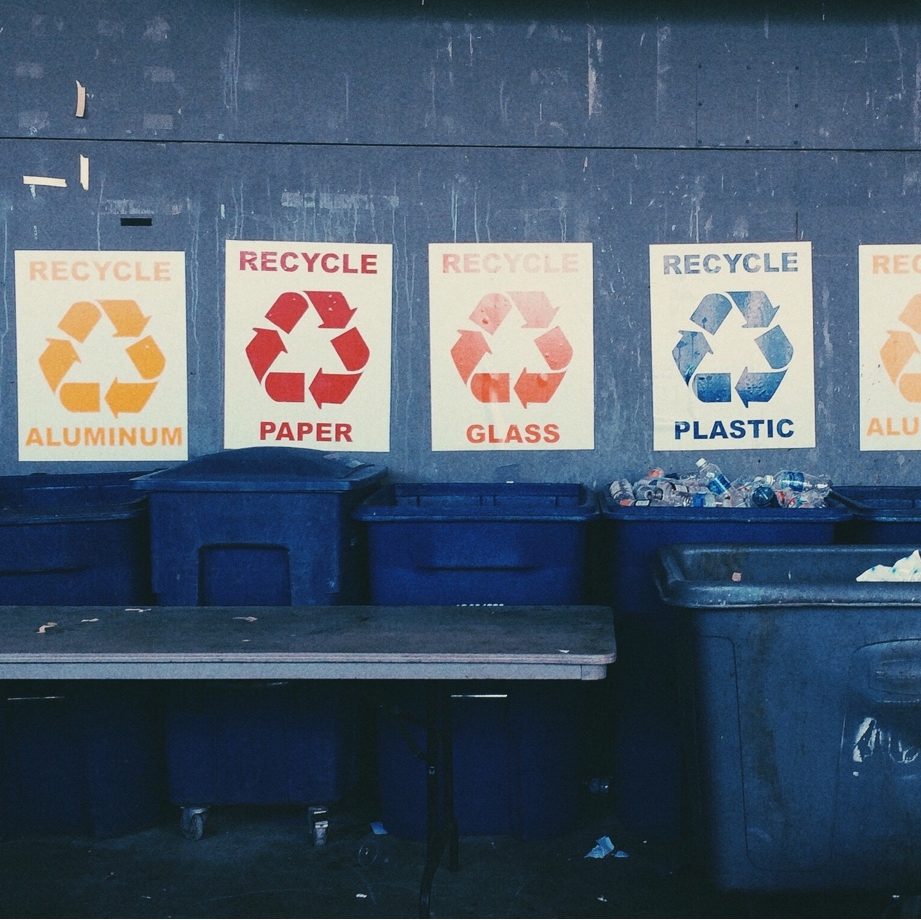Not all plastics are recyclable. To help keep plastics out of oceans and landfills, we’re breaking down those confusing recycling symbols to make sure you get it right.
Recycling seems simple enough. Glass in one bin, cardboard in another, and plastics separated out. But it’s more complicated than that — and in the U.S, we’re not very good at it. Despite our best efforts, much of what we put in the recycling gets contaminated by food particles or isn’t categorized correctly. As a result, those recycling hopefuls end up in the landfill and in our oceans, harming wildlife, ecosystems, and contributing to climate change. Of the 267.8 million tons of waste generated in the U.S. in 2017, only 94.2 million tons was recycled — just 8 percent of which was plastic, according to the EPA.
For the last quarter century, China has handled the processing of about half of the world’s recycling. At least, until 2018, when the country passed a National Sword policy banning the import of plastics and other recyclables. One of the main reasons for this ban? We weren’t properly separating our recycled waste. Much of what we imported was un-recyclable. According to an article by Columbia University, in 2016, the U.S. exported 16 million tons of paper, plastic, and metals to China — 30% was contaminated and never recycled. More complex, harder-to-recycle plastics was also a cause.
Because the U.S. has historically relied so heavily on China for processing recycling, we never put in place robust recycling infrastructure. So, as you can imagine, their ban sent us scrambling. The good news? Increased awareness and continued demand

All this to say it’s still important to recycle. But, if you’re going to do it the right way, you need to know what you’re dealing with — and separate it out accordingly. Here’s an easy breakdown of all those numbered (and somewhat confusing) recycling symbols.
Symbol 1: PETE or PETG used for single-use food and beverage items like sodas, water, and cooking oils, polyethylene terephthalate is easily recyclable and accepted by most recycling programs.
Symbol 2: HDPE high-density polyethylene is the most commonly utilized plastic in the U.S. It’s widely accepted for recycling and is used for items like milk, household cleaners, and shampoo.
Symbol 3: PVC or Vinyl displayed with the number 3 and a “V,” this symbol represents PVC plastic or polyvinyl chloride. It can be found in bubble wrap, piping, siding, and other commercial applications. It is rarely recycled.
Symbol 4: LDPE squeeze bottles, tote bags, plastic shopping bags, and toothpaste tubes are all made out of low-density polyethylene which, in most cases, is not recyclable. However, some areas do recycle grocery bags through a return system.
Symbol 5: PP low-weight and durable, polypropylene plastic is used to make furniture, toys, yogurt containers, and medicine bottles. Not all processors accept this type of plastic, so check locally to see if it can be recycled.
Symbol 6: PS polystyrene or styrene plastic is used to make toys, refrigerator trays, and plastic cups as well as foam materials like egg cartons and meat trays. It is not accepted by most recycling programs.
Symbol 7: Miscellaneous these plastics are made up of those in categories 1-6, and include materials like acrylic plastic and fibreglass. They are used products like food containers, baby bottles, and car parts. In most cases, these plastics cannot be recycled.

This is just a baseline. Every city has different rules as to what they do and do not recycle, so be sure to check them out if you have questions. Whatever you do, make sure you’re cleaning out any plastic you’re planning to recycle. Oh, and don’t throw everything into one blue bin and call it a day.
Share what your community is doing to become part of the recycling solution by tagging us on Instagram @avocadomattress or by sending us a message on Facebook.

Shop Pillows
The Essential Organic Pillow Collection
Gentle, breathable, non-toxic support.





